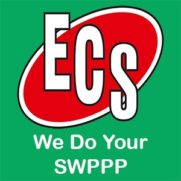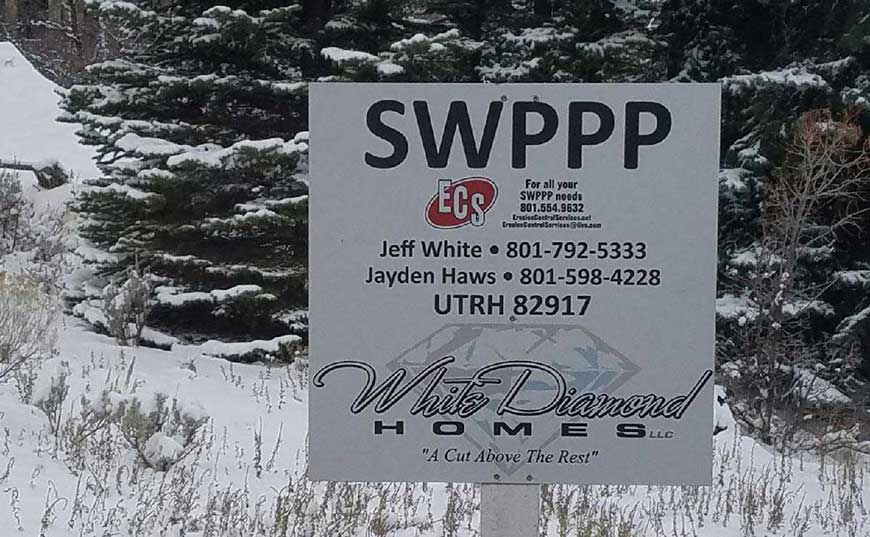Most local governments work hard to make sure that every business and structure built within the confines of a city have appropriate stormwater pollution prevention plans (SWPPP) in place. These plans reduce the impacts of rainwater, melted snow, and other runoff that can lead to flooding or contaminate local water sources, and are critical for protecting the environment. But what exactly do stormwater plans help protect against? Here are some of the most common pollutants that can get into the runoff water and eventually end up in rivers, streams, aquifers or other water sources.
Top Pollutants that Stormwater Management Plans Address
New developing in an area will always disrupt the natural runoff cycles for water. Over time this disruption, if not properly controlled, can lead to significant changes for local waterways as well as habitats for wildlife. The most common pollutants that must be addressed in a stormwater plan include:
Sediment: this term is used to describe solid materials that are taken from one location and deposited in a new location. It can include things like rocks and minerals, as well as plant and animal remains, and is the most common type of pollution in stormwater management because it’s easily transported from impervious surfaces like streets, sidewalks, and landscaped areas to local waterways. Too much sediment reduces visibility for aquatic life and can even clog the gills of local fish.
Nutrients: while we usually think of nutrients as a positive thing, the types of nutrients carried in stormwater runoff can be harmful. Things like nitrogen and phosphorus are an essential part of an ecosystem, but too much of these things can lead to algae growth that reduces oxygen for aquatic life. These often come from human activities like fertilizers and landscaping and must be address in your SWPPP.
Pesticides and Chlorides: sometimes called organic pollutants, pesticides and herbicides used in landscaping and agriculture are carcinogens, known to be harmful to both humans and wildlife. Chlorides, used for purposes of de-icing, can also be toxic when they get in stormwater runoff.
Metals: industrial activities and vehicle maintenance produce metal pollutants such as lead, zinc, and copper. Over time these metals are deposited on road and building surfaces as fine particulate matter, where they eventually end up in water runoff.
Other Pollutants: other pollutants found in stormwater runoff include oils and greases with hydrocarbon compounds, primarily the result of vehicle fluids on roads and in parking lots, as well as bacteria that come from failed septic systems, pet waste, and other human activities in developed areas.
Both new developments and existing residential, commercial, and industrial development need a proper SWPPP in place to minimize these pollutants in local waters. Contact Erosion Control Services today to talk more about how you can create an effective stormwater management plan.


